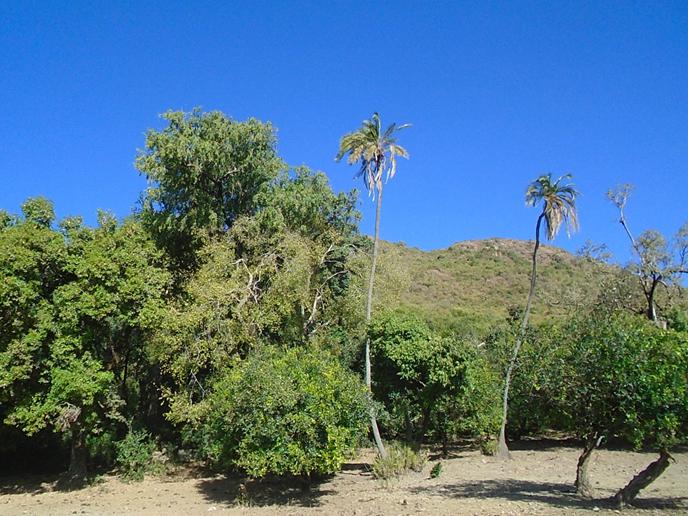Mehari Girmay
Other projects
31 Oct 2019
Restoration Potential of Hirmi Forest: Threats and Possible Mitigation Mechanisms as Inference for its Conservation, in Northern Ethiopia
22 Mar 2021
Rehabilitation of Rare and Threatened Species through Capacitating and Involvement of the Local Community in and Around Hirmi Forest
24 Jan 2024
Rehabilitation of Riparian Vegetation for Conservation of Wildlife Habitats and Improvement of Community Livelihoods in the Dryland Ecosystem of Northern Ethiopia
In Ethiopia drylands constitute about 65% of the landmass. Deforestation & habitat degradation on that landmass brings several socioeconomic and environmental challenges that have strongly affect the capacity of forests to provide ecosystem services. Following the long history of land degradation, many land rehabilitation and conservation programs have been carried out in northern Ethiopia.
However, inadequate investigation of ecological processes makes the effectiveness of biodiversity conservation policy and strategy to fall in challenge for its implementation as it intends. Investigating of such features is crucial to design of biodiversity conservation programs. This study will provide necessary information on natural floristic composition and diversity of Hirmi forest in relation to the environmental determinants, threats for the biodiversity in the study area, natural regeneration potential and status of the forest ecosystem, significance of the forest to the surrounding community; to develop and implement appropriate conservation and management strategies and policies of the country.

Forest at high altitude of the study area. © Mehari Girmay.
Biodiversity conservation prioritization is based on species distribution, community structure, regeneration potential, endemism and threats in relation to environmental and anthropogenic factors. Dry land is naturally fragile ecosystem mainly due to erratic rainfall. The landmass is mostly supplemented by remnant forest and agricultural activities. In northern Ethiopia, the interruption of agriculture on remnant forestry makes forest biodiversity conserving difficult. Many studies concluded in Ethiopia reveals that, there is a strong need to give priority to conservation of the existing natural forest remnants in northern Ethiopia before they lose their ecological resilience. Since the concept of biodiversity conservation prioritization is based on species distribution, community structure, regeneration status, endemism and threats in relation to environmental and anthropogenic factors, these features are important and need to be considered in the design of biodiversity conservation programs.
Hirmi Forest is one of the potential forests which require local participatory forest management and restoration techniques. The forest ecosystem is consisting with various land use types such as shrub land, forest land and grass land. The vegetation type of Hirmi is characterized as Acacia-Comiphora woodland and Combretum–Terminalia woodland type. The local communities around Hirmi forest ecosystem are widely integrated to use plants from the area and remnant natural forests for various benefits. Some of the services for Hirmi forest are fodder for animals, fuel, building materials, farming, and household implements for subsistence purposes. Conserving of those plant ecosystem play significant role maintaining climate change both at local and global stage by sequestrating the greenhouse gases released from various natural and anthropological phenomena/activities. So the output of this research will help for rehabilitating the degraded area of the water catchments of rivers found in the forest, using the recommended conservation techniques for efficient utilization sustainably of the study ecosystem. Results of the study will provide a good feedback for various governmental and private investors who need to contribute for conservation, management and sustainable utilization of natural resources.
Standard methods will be used to collect and analyse for the used data. Vegetation data will be collected from sample plots placed in transect line. Plants with circumference >6cm will measured and recorded their regeneration potential via direct counting and from soil seed bank. Regarding Ethnobotanical study 370 informant will select from the local community surround to the forest. R-software packages will be used compute species diversity. Descriptive statistics and preference ranking will be used for Ethnobotanical data analysis.